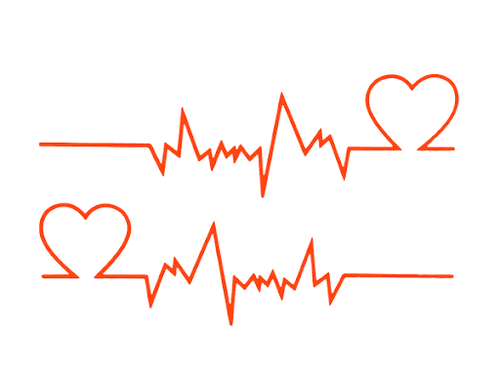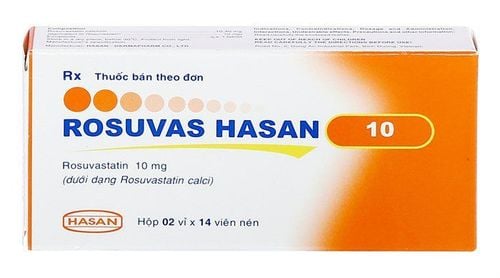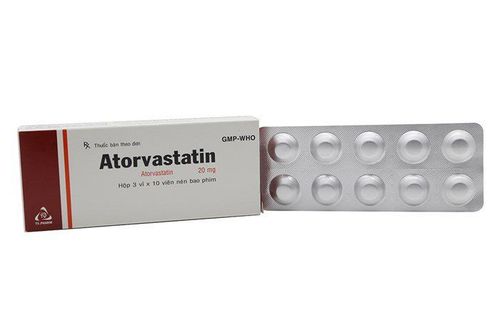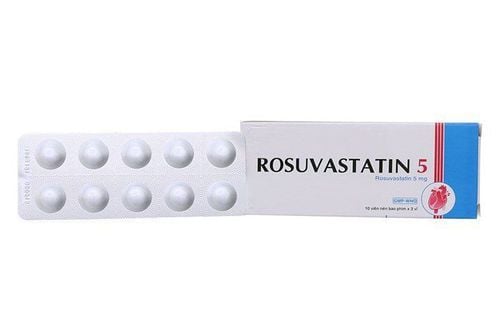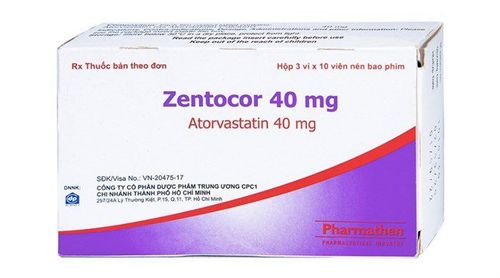This is an automatically translated article.
The article is professionally consulted by Cardiologist - Department of Examination & Internal Medicine - Vinmec Phu Quoc International General HospitalHave you ever been measured heart rate or blood pressure, until you see your heart rate results, you don't know if it's normal or not? So what is the standard heart rate and when is it called an arrhythmia?
1. Normal heart rate for normal people
The standard heart rate can vary from person to person, depending on age, physical condition, gender, etc. For people 18 years of age and older, a normal resting heart rate ranges from 60 to 100 beats per minute. Usually, the healthier the person, the lower the heart rate. For professional athletes, when at rest, their average heart rate is only about 40 beats a minute. For example, cyclist Lance Armstrong - the legend of the world sports village, his heart beats only about 32 beats per minute.According to research by the National Health Service in the UK, below is the ideal heart rate table for each age:
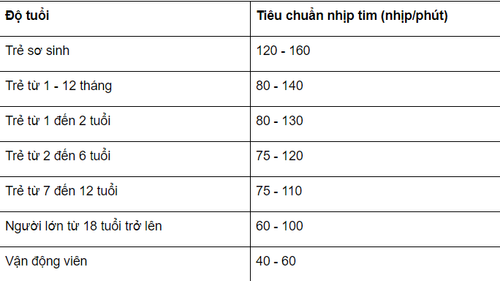
Bảng tiêu chuẩn nhịp tim.
Trắc nghiệm: Huyết áp của bạn có đang thực sự tốt?
Huyết áp cao hay thấp đều ảnh hưởng đến tình trạng sức khỏe con người. Để biết tình trạng huyết áp của bạn có thực sự tốt không, hãy làm bài trắc nghiệm sau đây để đánh giá.2. Be careful with arrhythmia
If there is a cause or effect that makes the heart beat irregular, such as tachycardia (more than 100 beats per minute), bradycardia (less than 60 beats per minute), or rapid heartbeat, If the heart is slow, even if there is a heartbeat but no pulse, it is called an arrhythmia. In daily life, it is inevitable that the heart will go out of rhythm. This condition often comes from very "normal" causes, such as: Stress, strenuous activity, psychological disorders, or bad habits such as staying up late, smoking, using certain drugs. stimulants such as alcohol, coffee, solid tea,...
Những triệu chứng của rối loạn nhịp tim.
Symptoms of arrhythmia
Besides, diseases directly related to the heart such as: heart failure, myocardial ischemia, heart valve diseases (heart valve regurgitation and stenosis), myocarditis, congenital heart disease, ... are all causes that affect the conduction of electrical impulses in the heart and cause arrhythmias.
Cardiac arrhythmia is also related to a number of other diseases or causes such as:
High blood pressure. Dyslipidemia . Diabetes . Overweight and obesity. Hyperthyroidism . Acute or chronic bronchitis. Anemia, nutritional deficiencies. Disorders of alkaline - acid and electrolyte balance. Sometimes it is the antiarrhythmic drugs that cause the arrhythmia. In addition, many cases of cardiac arrhythmias have no identifiable cause. Thus, our heart does not always maintain a standard heart rate. However, some cases of arrhythmia are insignificant, even harmless, but there are also cases when it is necessary to see a doctor as soon as possible.
3. When should a patient with an arrhythmia see a doctor?
In general, most cardiovascular diseases can cause many dangerous complications, but their development is very silent and only shows a transient expression. Therefore, if you notice any abnormality of your heart, it is best to immediately go to medical facilities to be checked by a doctor and diagnosed early for cardiovascular problems. The following cases need to be prioritized for timely treatment of arrhythmias:
Fast or slow heartbeat, accompanied by signs of palpitations, palpitations, dizziness, even fainting. Arrhythmia, accompanied by difficulty breathing, pain in the chest, neck, shoulders, arms or back. Normal heart rate, sudden arrhythmia, occurs when you have just taken a certain medication. Cardiac arrhythmia co-occurs with other abnormal manifestations, such as weight loss, prolonged fatigue, decreased exercise capacity, accompanied by headache, sweating.
4. What should be done to get the heart rate back to normal?
Patients with arrhythmia who want to regain normal heart rhythm, in addition to going directly to the doctor for examination and treatment, need to take the following measures:
Change or give up habits bad habits (alcohol, tobacco), this will significantly improve the arrhythmia. Eat foods good for heart health, including: green vegetables, fish (salmon, mackerel,...), limit animal fat and cholesterol sources (eggs, full-fat milk,...) Increase intense physical exercise. Work balance, reduce stress in life. In addition, when the treatment has been prescribed, the patient should strictly follow the doctor's instructions for treatment of arrhythmias.
Quitting smoking is one of the ways to help the heart find a normal rhythm again.
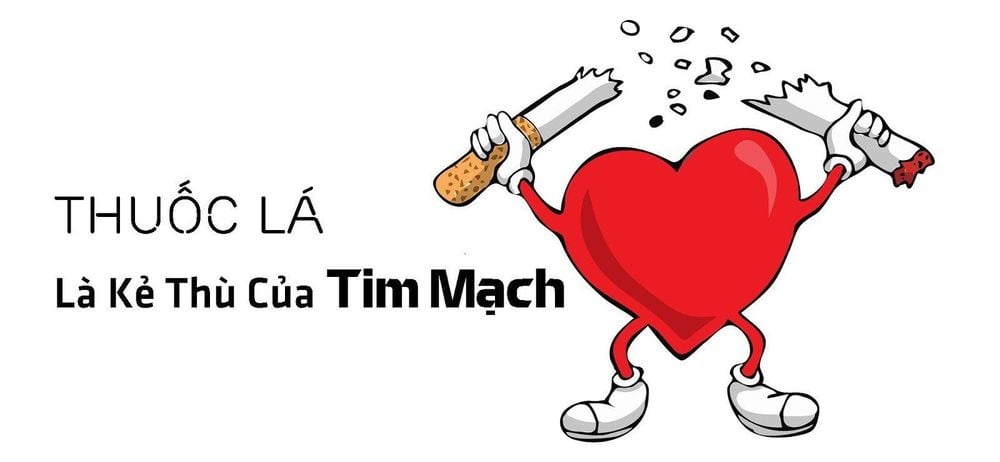
Cai thuốc lá là một trong những cách giúp trái tim tìm lại nhịp đập bình thường.
Currently there are many treatment methods, helping the patient to regain the original standard heart rate. Depending on each different medical condition, the doctor will prescribe an appropriate plan, according to the general principles of treatment, which are:
Eliminate the culprits causing the arrhythmia such as drugs or stimulants . Good treatment of background diseases: Cardiovascular disease, diabetes, hyperthyroidism,... Using antiarrhythmic drugs according to the latest regimen. Apply maneuvers to reduce heart rate, including: induce parasympathetic stimulation (by pressing and rubbing the carotid sinus, pressing on the eyeball), or the Valsalva maneuver,... In cases of cardiac arrhythmias If the patient is severe or cannot respond to medical therapy, the standard heart rate is not achieved, then other interventions may be used, such as pacemaker placement, cardioversion, electrophysiology, Heart surgery, ... Besides, early screening of cardiovascular risk, disease prevention is always the most important thing, helping to maintain a standard heart rate, limiting dangerous events for health.
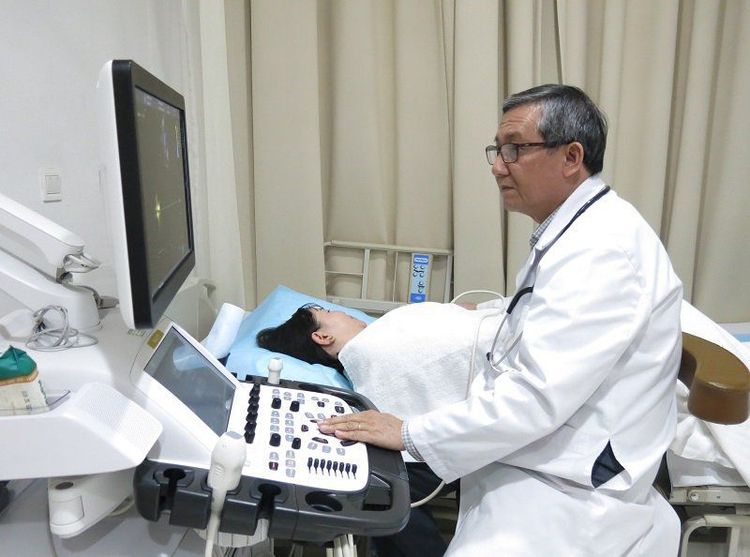
Khám tim mạch tại Bệnh viện Đa khoa Quốc tế Vinmec.
For early screening of cardiovascular diseases, you can register for an online medical examination or contact Vinmec directly for service.
Please dial HOTLINE for more information or register for an appointment HERE. Download MyVinmec app to make appointments faster and to manage your bookings easily.




